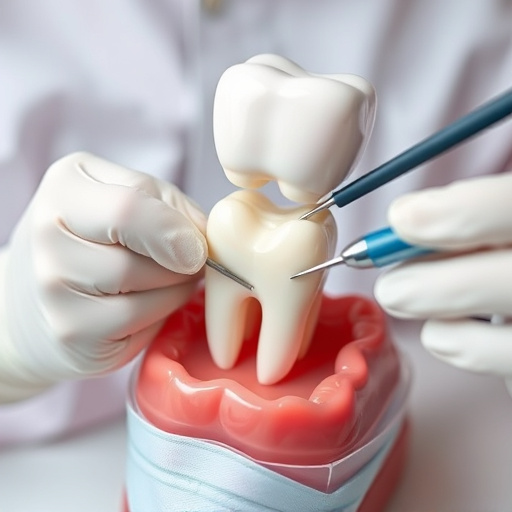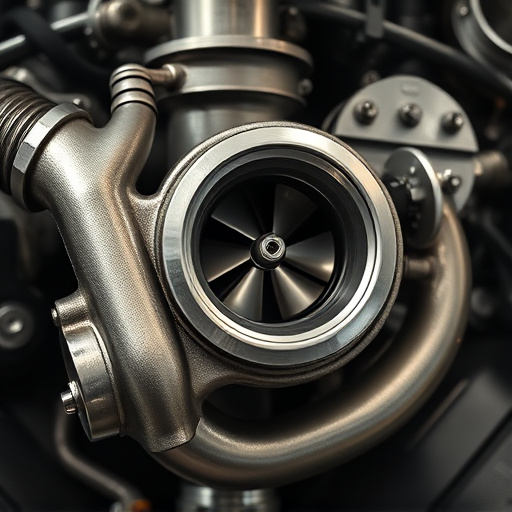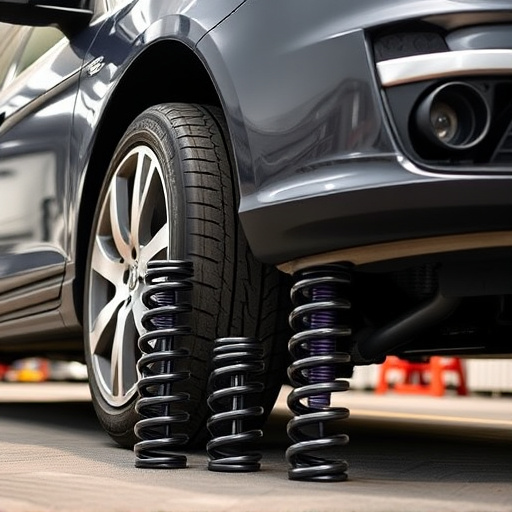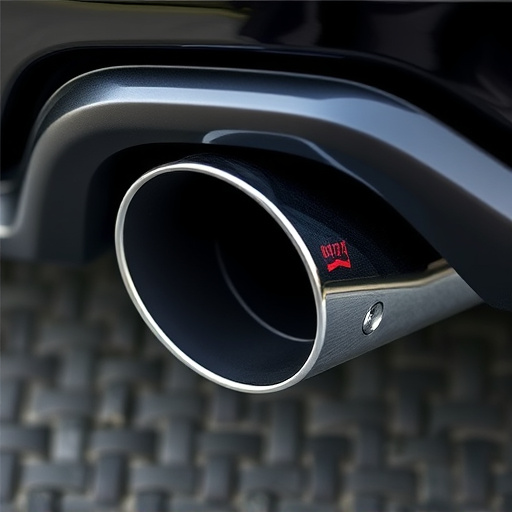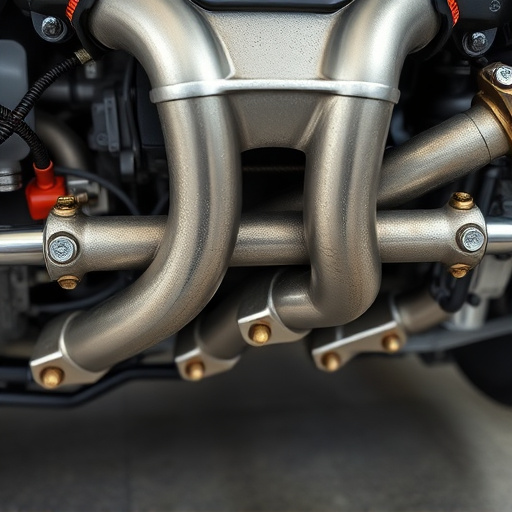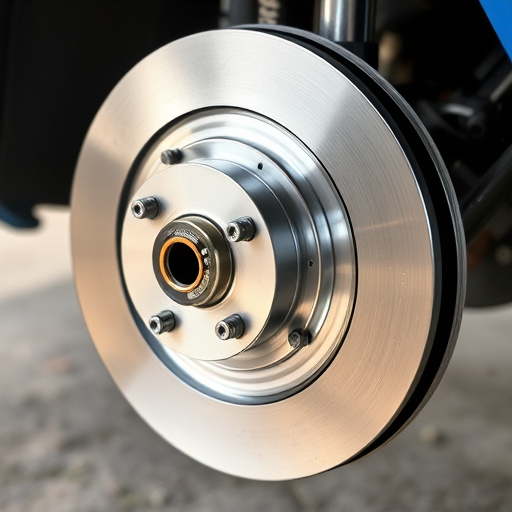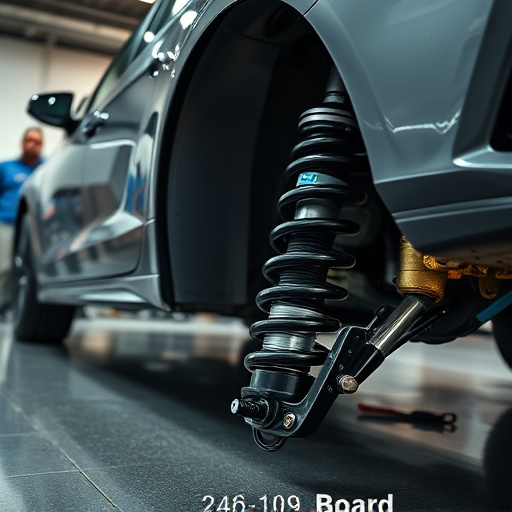Muffler intake installation systems enhance engine performance while minimizing environmental impact through optimized air and gas flow. Modern designs use lightweight materials like aluminum and advanced composites to reduce energy consumption and carbon footprint. Efficient manufacturing processes, including 3D printing, minimize waste. Modular designs facilitate recycling and repair. Installation offers significant environmental benefits, including improved air quality, climate change mitigation, reduced emissions, and lower noise pollution.
In today’s eco-conscious world, understanding the environmental impact of automotive innovations is paramount. This article delves into the intricacies of new muffler intake installation systems, exploring their complex role in shaping our environment. From muffler intake installation systems’ design and manufacturing processes to their influence on air quality and climate change mitigation, we unravel the key considerations defining their sustainability. By examining these aspects, we gain valuable insights into the ecological footprint of these essential automotive components.
- Understanding Muffler Intake Installation Systems
- Environmental Considerations in Design and Manufacturing
- Impact on Air Quality and Climate Change Mitigation
Understanding Muffler Intake Installation Systems

Muffler intake installation systems are a crucial component in automotive engineering, responsible for managing and optimizing both the intake of cold air and the expulsion of exhaust gases. These systems play a significant role in enhancing engine performance while minimizing environmental impact. The primary function involves routing fresh air into the engine, ensuring optimal combustion, which is especially vital for high-performance vehicles and those equipped with turbocharged engines.
Understanding these installations involves grasping the interplay between different components such as cold air intakes, exhaust systems, and cat back exhausts. Modern muffler intake systems are designed to improve fuel efficiency by reducing restrictions in the airflow, allowing for better engine breathing. This, in turn, can lead to reduced emissions and a more sustainable driving experience, addressing environmental concerns associated with traditional exhaust systems.
Environmental Considerations in Design and Manufacturing
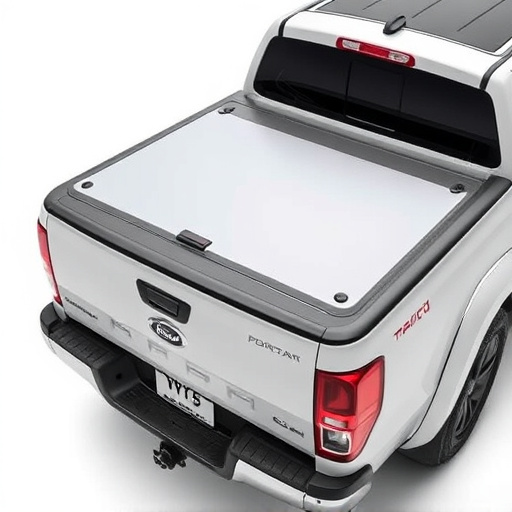
When designing and manufacturing new muffler intake installation systems, environmental considerations are paramount. The process must strike a balance between performance gains and reduced ecological impact. One key area is material selection; lightweight yet durable materials like aluminum and advanced composites can lower energy consumption during production and reduce the overall carbon footprint of the final product.
Additionally, efficient manufacturing processes play a crucial role in minimizing waste generation and energy usage. Advanced technologies such as 3D printing and precision engineering enable more streamlined production flows, leading to less scrap material and optimized resource utilization. Moreover, focusing on modular designs for muffler intake systems can facilitate easier recycling and repair, aligning with the growing trend towards sustainable product lifecycles, including the responsible management of exhaust mufflers and associated suspension components.
Impact on Air Quality and Climate Change Mitigation

The installation of new muffler intake systems can significantly impact environmental outcomes, particularly in relation to air quality and climate change mitigation. These advanced air intake systems, designed to enhance engine performance, often boast improved fuel efficiency and reduced emissions. By optimizing the flow of cold air into an engine, cold air intakes can lower combustion temperatures, leading to decreased nitrous oxide (NOx) formation—a key contributor to both local air pollution and global warming.
Moreover, the sleek design and efficient construction of modern muffler tips not only reduce noise pollution but also minimize the overall carbon footprint of vehicles. As these systems become more prevalent, their collective impact on lowering greenhouse gas emissions could play a substantial role in global climate change mitigation efforts.
The implementation of advanced muffler intake installation systems offers a promising path towards enhancing vehicle efficiency and reducing environmental impact. By prioritizing sustainable design, manufacturing processes, and focusing on air quality improvements, these systems contribute significantly to climate change mitigation efforts. As the automotive industry evolves, embracing eco-friendly practices in muffler intake technologies will be key to creating a greener future for transportation.




